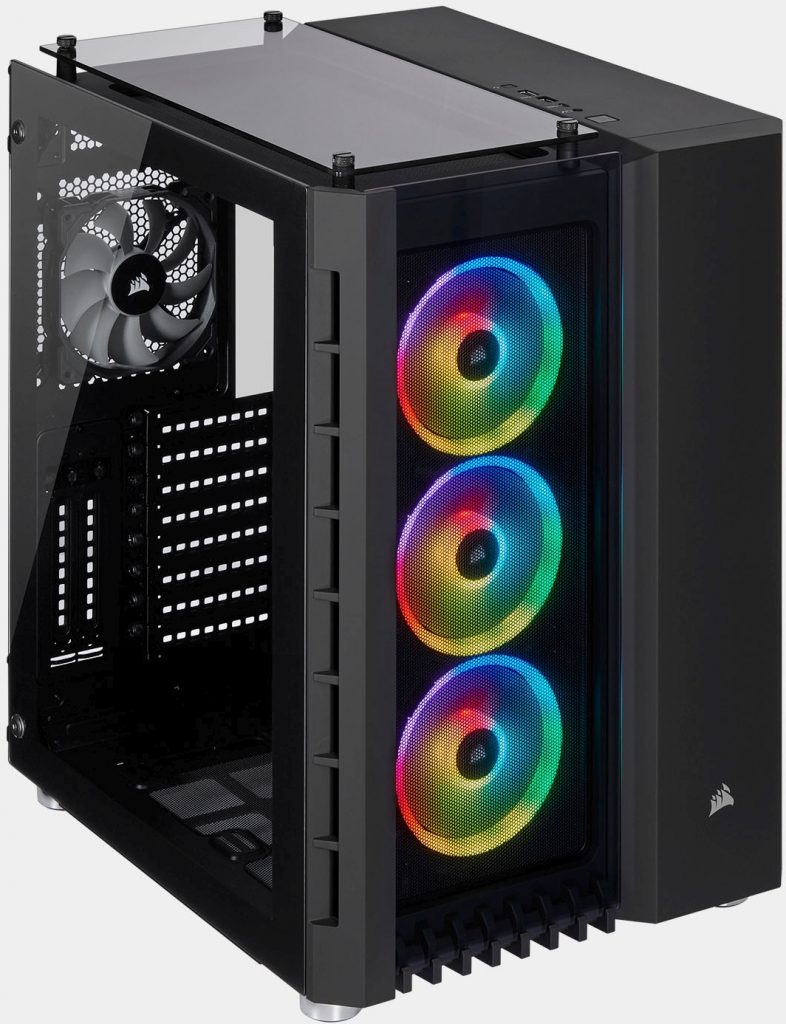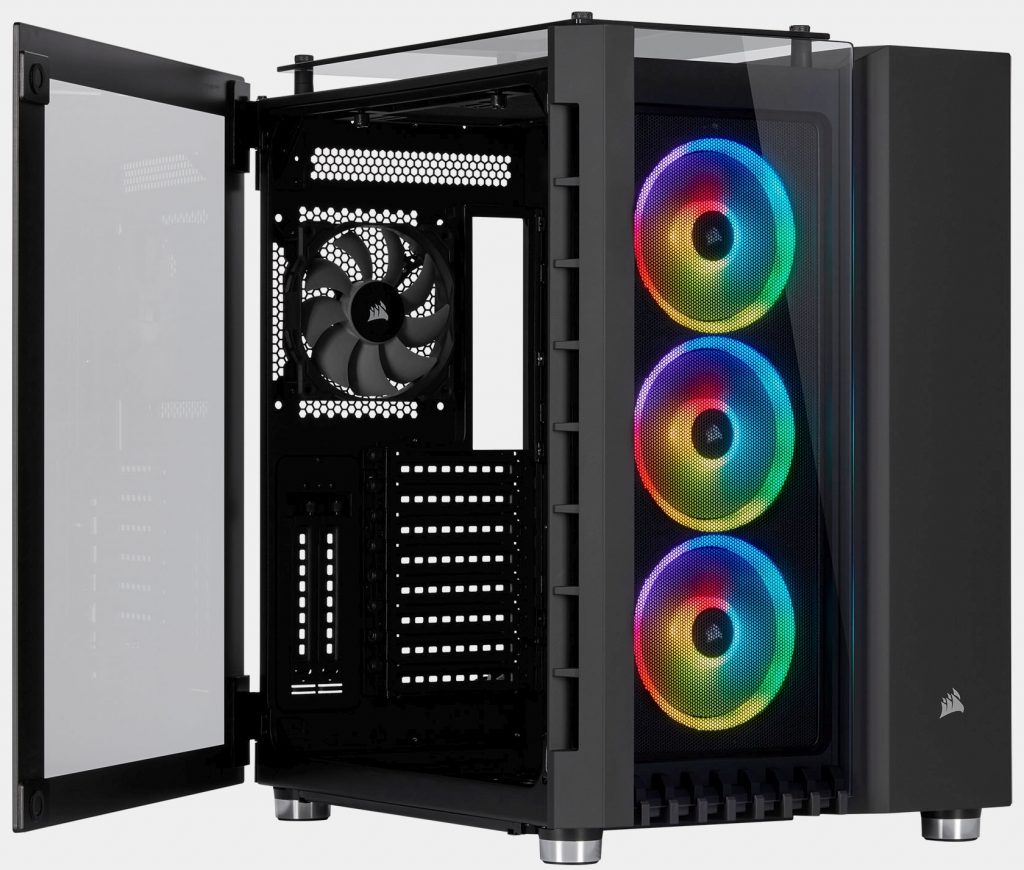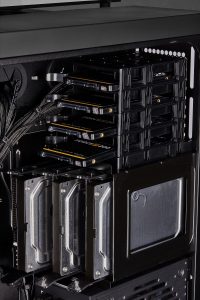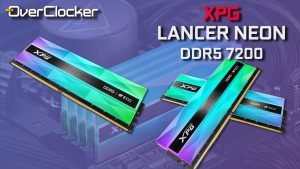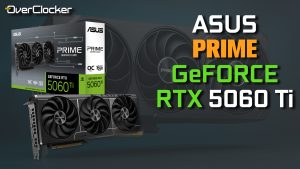Corsair Crystal Series 680X RGB Review
Features
Construction quality, finish and general impressions
Over the last four or five years, Corsair product quality has improved tremendously. It’s become very apparent through iterative generations, there’s perhaps a greater attention to detail and a better execution on all products across the entire product stack. The Crystal Series 680X is no exception and perhaps exemplary of this progression. Not only is it a little more exploratory in styling, but the execution of the Crystal Series 680X as a $250 /R4,400~ case is notable.
Panel gaps on the 680X are tight even though there are some minor height imperfections. There are plenty of corners on the chassis but they are generally well made. It may not be the height of refinement and engineering excellence, but it is put together meticulously enough to stand out in a tough crowd of competitors.
The 680X is the kind of chassis that will eventually have you buy more components from Corsair’s range. For example, the single SP120 fan which isn’t LED lit can put a damper on your LED arrangement. As such, this may be the first upgrade you perform on the 680X. The second, a PCIe 3.0 X16 extension cable for vertical graphics card mounting. Finally, there’s also a potential Commander Pro upgrade (more on this later) you may inevitably end up buying.Perhaps a deluxe or platinum edition with all the above would be in order.
As a chassis to look at every day though I’m unsure there’s any better within Corsair’s range. Much like the 280X stood out, so too does the 680X from its peers. RGB on or not, it remains a stunning looking case and makes even the simplest and most basic of builds come alive. Visually the Crystal Series 680X is exceptional within the Corsair range and within other vendor offerings as well.
Access to the Crystal Series 680X insides
Accessing most of the internals is straight forward. The main tempered glass door, is held closed against metal frame via circular magnets in the panel. These are strong enough to necessitate deliberate opening and of course result in a door that snaps shut when closing it. Access to the secondary chamber’s side is via two thumb screws. Typically, this panel would slide backwards and away from the chassis, but not so on the 680X. You simply pull away from the case and that’s it.
As for the front panel it’s a little more involved which will require you to open both sides of the case. There is a mixture of screws here so it’ll take a bit longer. That said you shouldn’t need to access this area.
In in this day of high capacity 2.5″ drives, the 680X is generous with storage options. It offers four 3.5” and three 2.5” bays. Typically more than enough for home storage requirements. Installation of drives is a simple and tool-less affair. Attach the drives to the bracket, then slide it into the drive cage. On the subject as well, the 2.5” drive cage case may obstruct your access to the upper right cut out out. It’s right where one typically routes the 12V 8-Pin cable from the PSU to the motherboard.
You are here: Page 3 – Features

